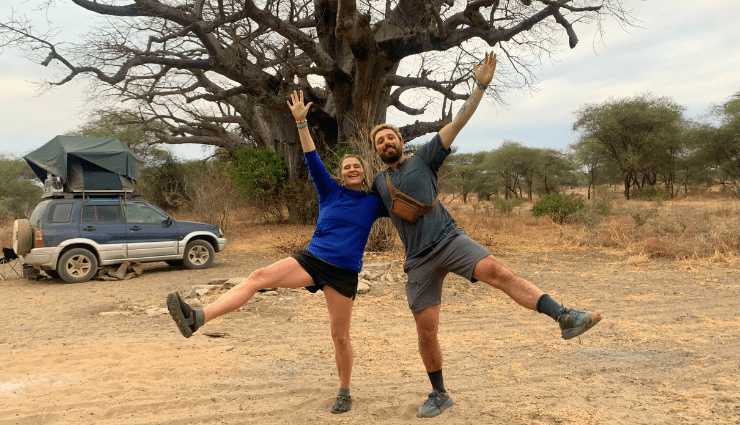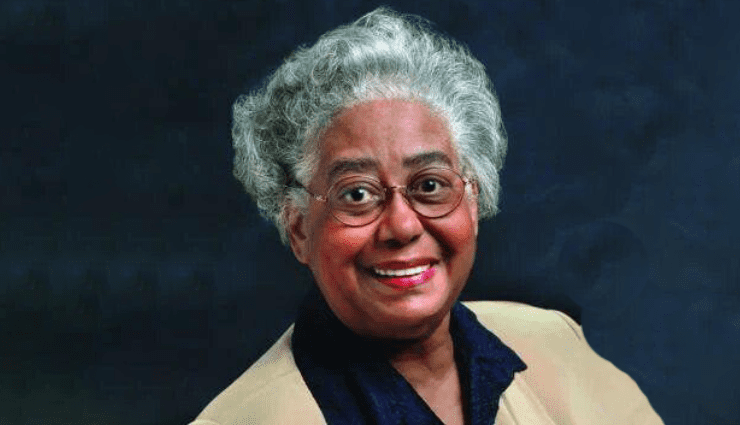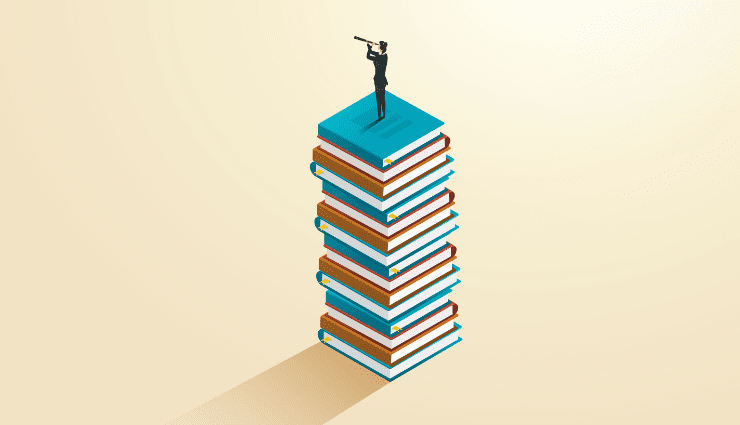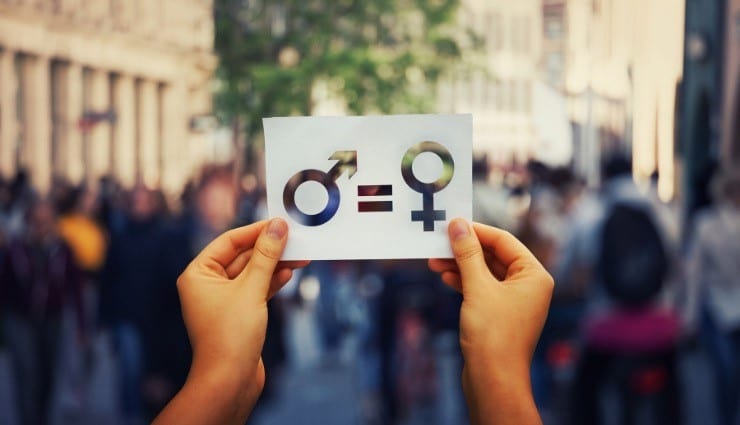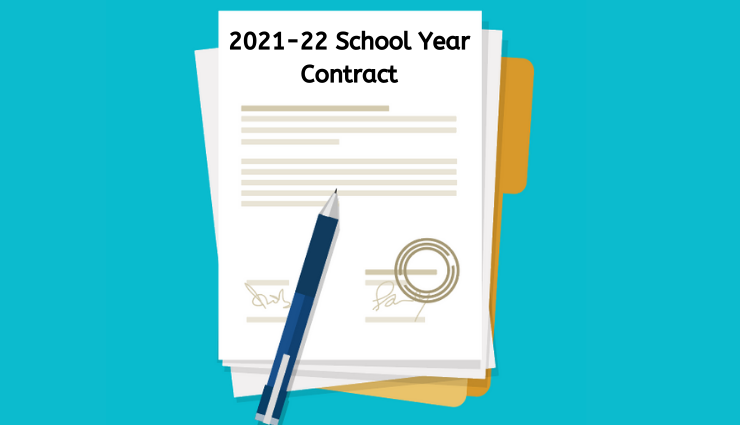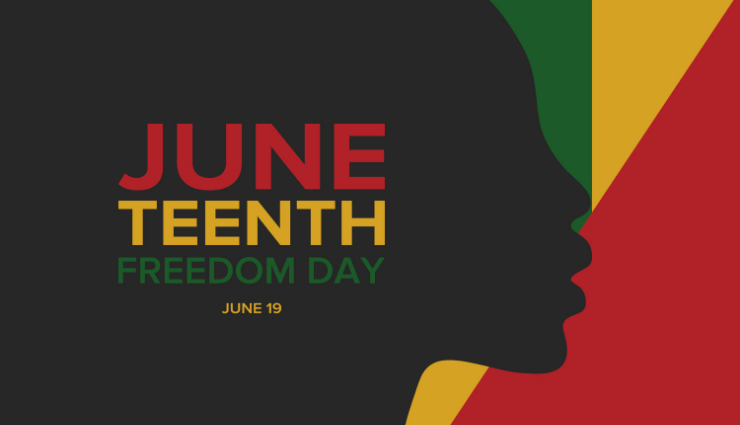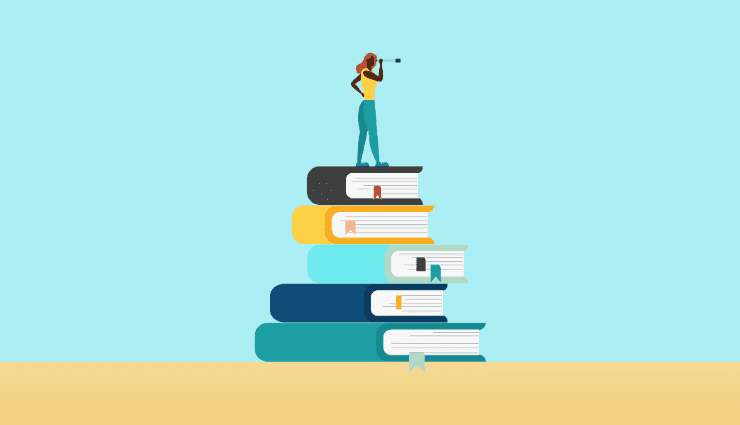Environmental Justice, Culture, and Education
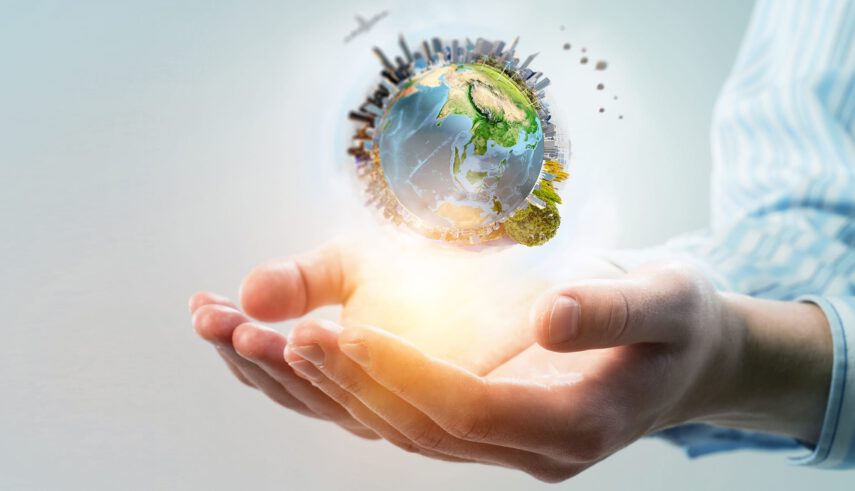
The opening keynote session of Phillip Exeter Academy’s Environmental Literature Institute (ELI) earlier this summer featured Alison Hawthorne Deming, a talented poet and chair in Environment and Social Justice at the University of Arizona, where she also founded the Field Studies in Writing program in 2015. Deming took this opportunity to talk with educators about the link between climate change and social justice and to examine ways in which art, literature, and science can collectively address global warming and the related cultural issues.
The problem we currently face, she noted, is not one that lacks for fact. We’ve known about human driven global warming since at least the 1970s — and the science community knows what we need to do to stop heating up the planet and start mitigating the effects of climate change. The problem has been about getting the word out in ways that clarifies the issue for the majority of Americans and mobilizes action.
While the science is clear, the political and cultural response has been ineffective, if not indifferent. How do we collectively convince the public — especially a politically divide public — of the absolute importance of this work? How do we combat the cultural forces that prefer inaction? How do we overcome the political influence of certain billionaires linked to the oil and gas industries to help the American people both understand the problem and engage in solutions?
In the natural, nonhuman world, Deming noted, the response to climate change, besides the devastating loss of life and species, has been efforts at adaption. Many tree species, for instance, are migrating north. Lobsters, once abundant in the Gulf of Maine and further south in New England, are now abundant in the Bay of Fundy. Bird species are also moving further north each year. Nature is doing what it can to survive — though the stress levels are more than evident.
In the human world, the response has mostly been denial, hesitation, and inaction. In fact, we continue to heat the atmosphere, and the results are increasingly painful. Around the globe, vulnerable communities are suffering from food and water shortages. Increasing storms, droughts, and coastal flooding are driving migration globally and destroying low-lying nations. Our shorelines are literally being erased and rewritten. There is also a clear link between climate change and global tensions based on growing inequities.
For the educators in the audience, Deming also noted the growing anxiety, despair, fear, and insecurity among the world’s youth these days, describing it as both “a terrible way to live” and “a terrible thing to do to children.”
What we need to do, Deming made clear, is find ways of “sustaining ourselves and each other in the more-than-human world.” And we need solutions in place ASAP.
There’s not a whole lot of good news here. But Deming did offer some thoughts about the path out of these troubling times. For one, it was heartening to hear how the collaboration between artists, poets, and scientists are starting to have the intended effect of both increasing the understanding of the impact of climate change and stimulating effective action in response. (The link between literature and environmental knowledge and action is at the core of Exeter’s Environmental Literature Institute.)
How have artists, writers, and musicians risen to the challenge?
Deming noted the growing body of environmental literature — from Emerson and Thoreau in the 19th century, to Rachel Carson to Aldo Leopold in the 20th century, to Bill McKibben and host of other writers today who underscore humanity’s connection to and need of a healthy natural world. She also mentioned a number of fiction writers, including Kim Stanley Robinson, whose sci-fi novel “2312” focuses on the coming half-century’s impact on the life on earth to come. More recent environmental literature has focused on the link between environmental issues and social justice. Deming described it all as “an extension of Tolstoy’s view that effective literature helps humanity care more deeply for the poor and suffering in the world.”
Deming mentioned a number of artists doing this work today, including sculptor Kate Clark and conceptual artists Fernanda Viégas and Martin Wattenberg whose remarkable “Wind Map” enables us to see in real time the natural connection between regions and the impact of climate change on all of us. Deming describes this as “art that walks in the world.”
She noted the National Science Foundation’s Antarctic Artists and Writers Project — in which the NSF has brought artists and writers down to the Antarctic to work with scientists to generate ways of seeing facts more clearly. A similar project has been the highly effective Cape Farewell Project, now in its 14th year. The project was started by artist David Buckland and involves bringing artists, writers, musicians, and other creative types to Cape Farewell (and other locations) to work alongside climate scientists. The Cape Farewell Project describes this work as bringing “creatives, scientists, and informers together to stimulate a cultural narrative that will engage and inspire a sustainable and vibrant future.”
The long list of artists who have been involved in the project include writers Ian McEwan, Sabrina Mahfouz, and Gretel Ehrlich; musicians Feist, Julie Fowles, and Robyn Hitchcock; and artists Annie Cattrell, Anthony Gormley, and Chris Wainwright.
In explaining this project, David Buckland addresses the question of the link between culture and climate change. “Climate change is a reality,” he writes. “Caused by us all, it is a cultural, social, and economic problem and must move beyond scientific debate. Cape Farewell is committed to the notion that artists can engage the public in this issue, through creative insight and vision.”
Deming herself spent time as a writer in the H.J. Andres Experimental Forest on a National Science Foundation grant. This ongoing project involves artists working alongside scientists to tell a clearer story about the forest and forest ecology.
At Exeter, Deming explored some of the reasons we have been dragging our feet on climate change response. One reason, she said, is that it can be hard to accept that climate disruption will be as bad as the science says it will be, given that all of it runs counter to many of our other beliefs — especially the notion of American progress. Americans have been led to believe that the economy can grow forever and that technology can solve all our problems. We are encouraged to consume, not conserve. Use, not save.
In response, however, artists can take all the complex information related to climate change and turn it into compelling stories on a human scale — stories that help us all see and understand more clearly how culture and the human mindset must and can change to address our most pressing issue.
Writer Ian McEwan describes the needed cultural change as a matter of learning a new perception of time: acting now to protect the future. One goal of art, Deming said, “is to help us shift our thinking.”
Of course, artists and writers are not the only ones who can inspire new ways of thinking. Educators have an enormous impact on how the rising generation sees the intersection of culture, politics, and the environment.
What we need first, said Deming, is to clearly see the world as it is — understand how planetary systems and social systems work.
With this knowledge, we can examine what we value and what we believe is right. By clarifying our values, we can better articulate how the world ought to be — and our role in caring for the natural world and all human cultures contained within it.
Finally, with this combined knowledge of scientific truth and moral clarity, we can turn to the essential question of what we ought to do.
Without question, this syllogism will lead us to better understand what we need to do to ensure a sustainable future both.
Deming also made it clear that it’s in humanity’s DNA to care deeply for the natural world, which explains why more people go to zoos annually than to all sporting events combined. But we need help to clarify to ourselves what “caring deeply for the natural world” means. Art and literature can help shape better views of conservation and nature. They can help create a strong environmental empathy and ethic that will generate greater social justice, less suffering, and a more sustainable world.
So can quality education.
The challenge facing schools is the need for immediate change. Time is not on our side. The educators I spoke with at the Environmental Literature Institute all encourage school leaders, public and private, to understand the urgency of this work and figure out how to address it unflinchingly in the curriculum and school community. ASAP. They also encouraged schools, as they have done with other public purpose initiatives, to help students develop the skills to advocate for change. We can’t tell students what to think, of course, but we help them develop the skills to take on issues that matter deeply to them, both locally and nationally.
Looking for additional reading? Here are some resources for educators:
The Green Schools Alliance envisions a world in which every person is aware of and accountable for the impact they have in creating an environmentally, economically, and equitably sustainable future. Numerous independent and international schools are among the more than 8,000 members.
Sustainability, Ethics, and Spirituality: Why Independent Schools Must Act
Wynn Calder directs Sustainable Schools and works with K-12 independent and private schools to build sustainability into strategic planning, teaching, and institutional practice. Here he writes about what schools can do to better link their missions with sustainable practices and revise their curriculum accordingly.
Environmental Education and Sustainability
Paul Chapman is a former head now consulting with schools on environmental matters. He wrote this article based on his research into sustainable practices in independent schools — and offers ten recommendations for all schools.
This earlier post on our blog includes descriptions of programs at various independent schools, along with resources to help your school dig deeper into environmental education.
Michael Brosnan is an independent writer and editor with a particular interest in education and social change. His latest book of poetry, “The Sovereignty of the Accidental,” was published by Harbor Mountain Press. He can be reached at michaelbrosnan54@gmail.com.

